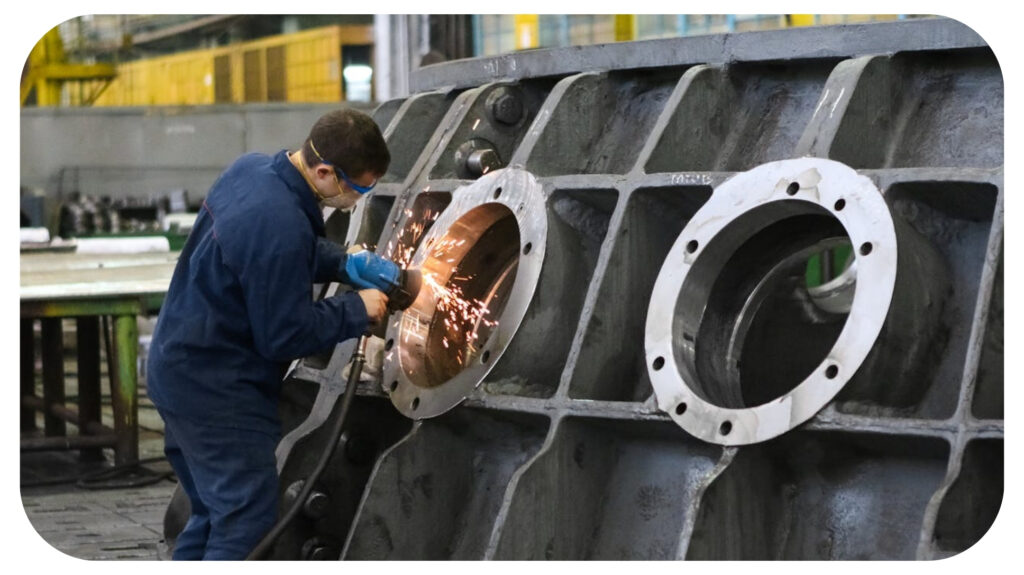Understanding Linear Actuators: A Comprehensive Guide

Many current advances center on smooth, purposeful action. From delicate medical tools to large industrial machinery, the ability to move anything precisely and under control turns simple parts into amazing systems. The actuator is a potent but often underappreciated mechanism at the core of these motions.
Once necessary human effort or sophisticated gear, silent, powerful, accurate, linear actuators allow motion. Driving, pulling, and lifting with simplicity and precision, they are the unseen hand behind automatic windows, manufacturing robots, and adjustable hospital beds.
Understanding this crucial equipment becomes even more important as sectors move toward automation and smart technology.
Examining the Core Components
Though the genius is in the way it organizes and transfers the energy, a linear actuator turns it into straight-line motion. Every actuator is made of a motor, a driving mechanism, and a guiding structure guaranteeing an exact linear path of motion. While hydraulic or pneumatic systems handle heavy-duty needs, electric motors usually rule small to medium applications because they provide dependability and compactness. Often a lead screw, belt, or rod system, the drive mechanism controls the force, speed, and accuracy of the actuator. For these parts, material selection directly affects durability; stainless steel and reinforced polymers provide the robustness required in demanding surroundings. The guiding structure ensures that movement stays strictly linear and resists lateral pressures, preserving the integrity of the actuator.
Energy Sources and Driving Techniques
The design, strength, and efficiency of a linear actuator are strongly influenced by the source of power. In settings where accuracy, minimal maintenance, and clean operations are absolutely vital, electric actuators rule. In robotics, automotive systems, and home automation, their smooth interaction with digital control systems makes them very essential. Driven by pressurized fluid, hydraulic actuators shine in settings requiring large forces, including airplane controls and heavy construction equipment. Their strong construction guarantees stability even under very high pressure and changing loads.
Using compressed air, pneumatic actuators provide a great answer for uses requiring quick, repeated movements with a little force. Their simplicity of pneumatic systems and low-weight design help them to be popular in production lines and material handling systems. It is important to understand the trade-offs among many power sources; choosing the incorrect kind could cause system failures or inefficiencies.
Precision Engineering and Control Systems
Modern linear actuators feed on sophisticated control systems that provide operating flexibility, feedback, and accuracy. Now common integrations are position sensors, encoders, and limit switches, which provide real-time data guaranteeing motion precision down to fractions of a millimeter. This accuracy is not optional in uses like robotic surgery or CNC machining; it is rather a basic need. With constant input, closed-loop systems let actuators quickly change their motions to remedy mistakes and maintain constant performance even in dynamic environments. Using programmable controllers turns simple actuator configurations into intelligent systems able to change with different running conditions.
Extending Operational Efficiency
The lifetime and performance of a linear actuator depend much on proper maintenance. Regular mechanical wear, lubrication quality, and electrical connection checks help to avoid little problems from turning into significant breakdowns. Particularly in demanding industrial or outdoor settings, contaminants like dust, dampness, and chemicals pose major hazards. Seals, coverings, and specific coatings assist in protecting the internal components of the actuator, preserving constant performance. Different actuator types and use intensities should guide maintenance plans. Usually requiring less regular maintenance than hydraulic or pneumatic actuators, electric actuators may suffer greatly in efficiency if tiny problems such as misalignments or wiring faults are ignored. Early wear and stress indication identification is made possible by a proactive strategy using condition monitoring technologies such as thermal imaging or vibration analysis.
Linear Actuation Emerging Trends
Needs for smarter, smaller, and more sustainable solutions will drive linear actuators’ development. Where size restrictions were formerly insurmountable, miniaturization has let actuators penetrate sectors like medical implants, micro-manufacturing, and wearable technologies. Using graphene and sophisticated composites, among other materials science advancements, helps to produce actuators that are lighter, stronger, and more energy-efficient than conventional equivalents.
Conclusion
Linear actuators lead first in the way that every precisely designed movement turns basic mechanics into powerful systems. Understanding their complex designs and varied capabilities and developing innovations helps you to equip efficiency, performance, and creativity throughout many uses.
Recommended For You
Passione Italia: Madrid Celebrated the Italian Republic Day
Most Inside
Most Inside offers high-quality recommendations and valuable updates to enhance all aspects of your life, providing premium guidance and enriching experiences.




